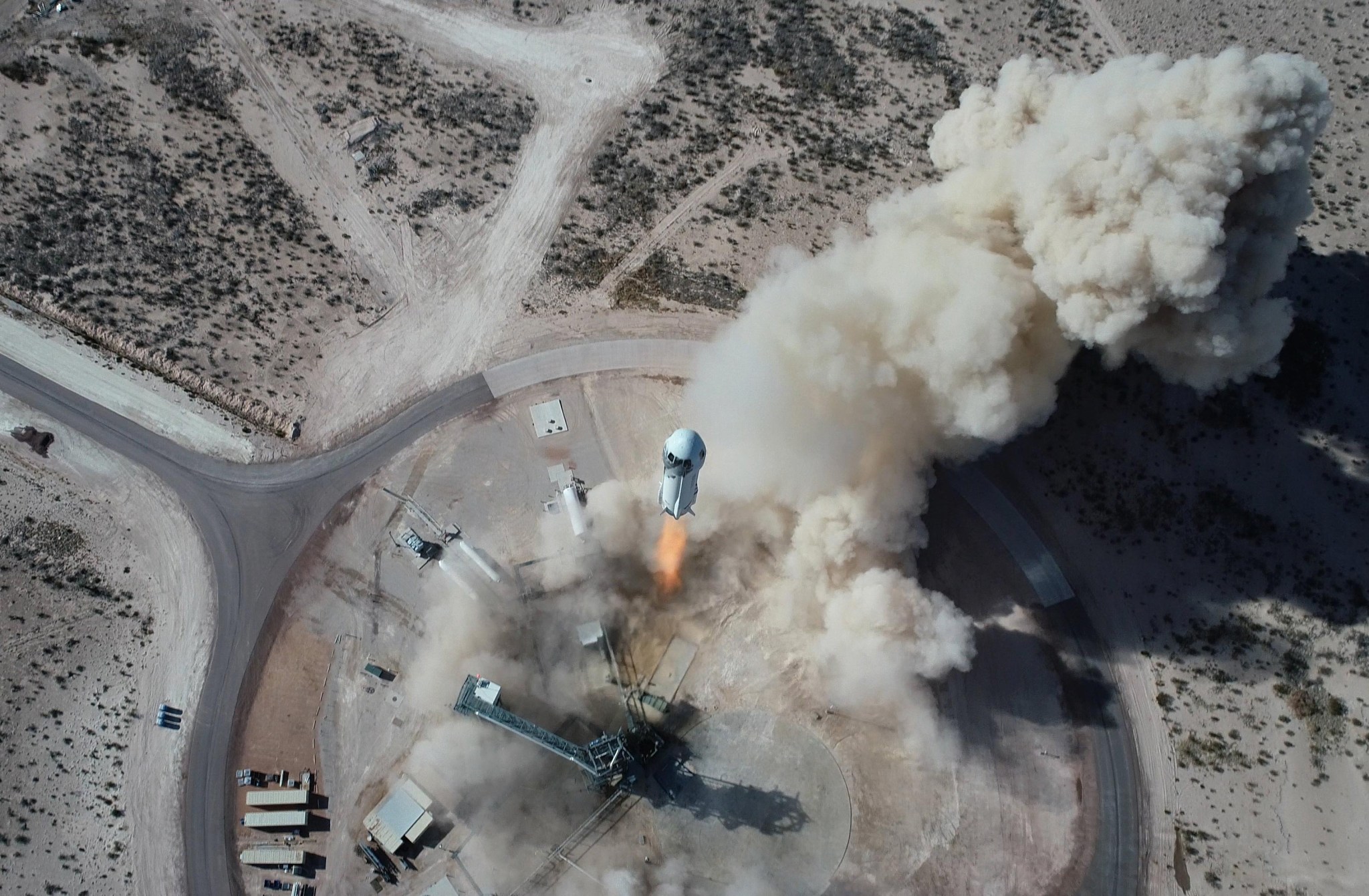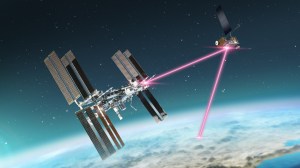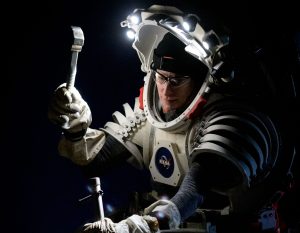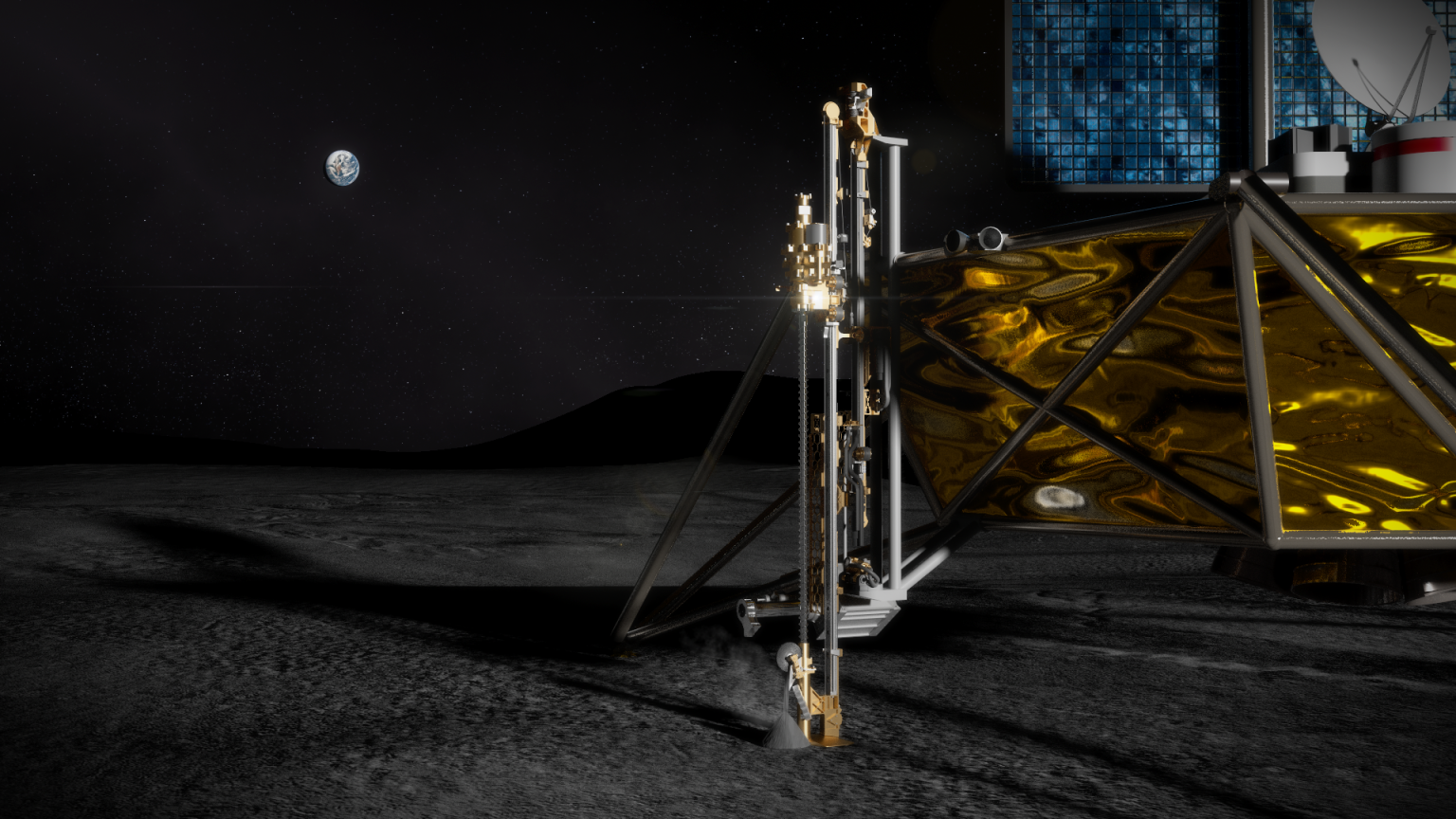
Living and working in space requires getting ready a bit closer to Earth. Through a suborbital flight test on Dec. 19, 2023 with industry provider Blue Origin, NASA’s Flight Opportunities program is helping 14 research payloads move one step toward future space missions and commercial applications. The flown technologies aim to address some of the opportunities and obstacles presented by humanity’s sustained presence in space.
Launched aboard Blue Origin’s New Shepard reusable suborbital rocket from the company’s Launch Site One in West Texas, the payloads reached an altitude of 351,248 feet. During the flight, those payloads experienced about three minutes of microgravity, providing insight into the effect of reduced gravity on both technologies and living things.
“NASA relies on emerging commercial spaceflight capabilities to rapidly test disruptive solutions for space applications,” said Danielle McCulloch, program manager for Flight Opportunities at NASA’s Armstrong Flight Research Center in Edwards, California. “Working with commercial flight providers like Blue Origin allows the agency to make space exploration and commerce more accessible to a broader range of researchers.”
A strong commercial space industry also helps NASA move forward with scientific exploration of the moon, Mars, and beyond. In addition to the NASA supported research teams, this flight was also a significant milestone for Blue Origin, serving as the return to flight with their New Shepard rocket.
NASA-Supported Technologies Aboard New Shepard
Sometimes, everyday products can be the key to advancing space objectives. For example, paraffin and beeswax aren’t just for cosmetics and candles. Researchers are using this flight to evaluate these common materials to determine if they might be keys to safer and cheaper fuel for spacecraft. Researchers from the Massachusetts Institute of Technology are evaluating in-space manufacturing techniques to turn these wax-based products into alternative options for propelling small spacecraft.
Also aboard the flight was a project from small business Ecoatoms Inc. in Reno, Nevada, designed to advance the production of biosensors in low Earth orbit. Earth’s gravity often causes the sensors to have rough and uneven layers that adversely affect performance. Fabrication in microgravity could allow for smoother and more uniform development, resulting in improved sensing. The startup expects the flight test with Blue Origin will be a step toward space-based manufacturing of health care tools for patients on Earth and astronauts on long-duration missions, improving crew safety while also leveraging the expanding space economy to benefit life on Earth.
“We are excited to test at-scale manufacturing of biosensors in space. Coating hundreds of sensors in microgravity will provide us with extremely valuable information to advance our technology,” said Solange Massa, Ecoatoms founder and CEO. “Preparing for suborbital flight with Flight Opportunities gave us experience we will apply to future flights for our clients.”
In another example of how a common substance can help pave the way to our understanding of space, researchers at Montana State University and the University of Colorado Boulder will use a yeast variant (Candida albicans) as a stepping stone to further understand how microgravity affects humans. Observations of how several minutes of microgravity affect this simple biological organism, made possible by the team’s unique sampling system, may provide a window into the cellular and physiological adaptations of the human body, which will be critical knowledge for planning extended human space missions.
Other technologies benefiting from this flight testing include:
- An electrophysiological measurement system and lens-free imaging system from imec USA in Kissimmee, Florida as well as two student payloads managed by imec examining gravity’s effect on ultrasonic sound waves and on a variety of sensors
- An experiment from the University of Central Florida in Orlando to apply electric fields to a dust simulant
- A tool for evaluating the geophysical properties of soil on near-Earth asteroids developed by Honeybee Robotics Ltd., in Altadena, California
- A system from NASA’s Jet Propulsion Laboratory in Southern California to assess multiphase reservoirs for sample mixing and bubble migration
- A system for propellant gauging during on-orbit refueling and transfer operations from Carthage College in Kenosha, Wisconsin
- A technology from Purdue University in West Lafayette, Indiana for modeling propellant slosh in microgravity
- The DMEN multi-environment navigator from Draper in Cambridge, Massachusetts
- An experiment from the University of Alabama in Huntsville to collect thermal data of fluids in microgravity
- A sensor to measure the volume of water used to keep an astronaut cool in an exploration spacesuit, developed by Creare in Hanover, New Hampshire and funded by NASA’s STTR (Small Business Technology Transfer) program
- A regenerative technology to provide energy storage for spaceflight applications, developed by Infinity Fuel Cell in Windsor, Connecticut and funded by a NASA Tipping Point award through NASA’s Game Changing Development program
Flight Opportunities is managed at NASA Armstrong and funded by NASA’s Space Technology Mission Directorate. This program provides funding for flight tests and technology payload development as well as subject matter expertise to help researchers maximize the impact of their commercial flight tests. The program enables innovators to gather the data they need to advance their work ahead of larger, more expensive missions and applications.
































